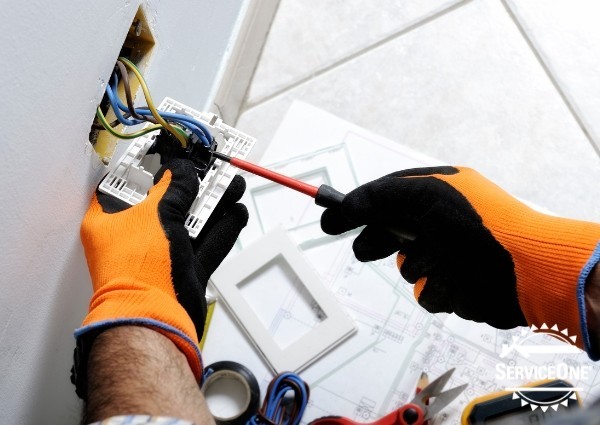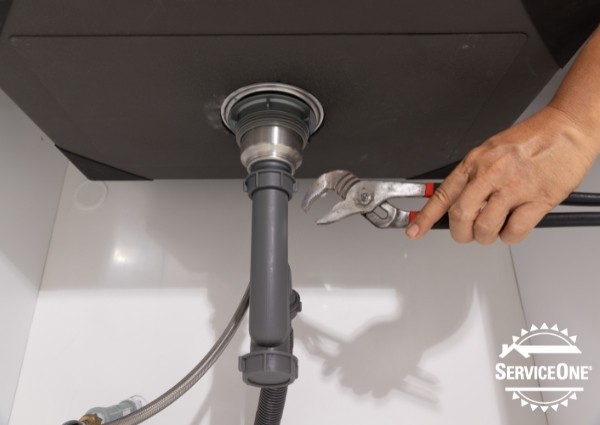We’ve come a long way in home comfort since those old thermostats at Grandma’s house. Remember those?
What is a programmable thermostat?
A programmable thermostat is a convenient and cost-effective way to keep your home at the correct temperature and reduce your home’s energy consumption. Programmable thermostats allow you to pre-set the temperatures for your home for different days and times, rather than maintaining a constant temperature 24/7. For example, you could program the thermostat for one setting for weekdays during school/work time when no one’s home, another for weeknights, and a third setting for weekends when your home may be used more.
What are the benefits of using a programmable thermostat?
- Programmable thermostats make it easy for you to easily control the temperature of your home whether you’re awake, sleeping, or away from your home.
- Programmable thermostats help save both energy and money on your utility bills.
- Programmable thermostats enable you to pre-set the temperature so that when you walk in the door after a long day at school/work, your house is exactly the temperature you want it to be.
- Programmable thermostats are quite reliable and generally last for a long time.
Are there any drawbacks to using a programmable thermostat?
- Unfortunately, programmable thermostats aren’t ideal for all families. If you have older children who are home when the rest of the family is out and resets the thermostat on their own or if you and a spouse work opposite shifts, it’s close to impossible to program the thermostat effectively.
- Programmable thermostats also don’t work well for families who don’t have a consistent routine. If one person works a flexible schedule or the calendar is always shifting, having to reset the program may become a hassle.
- Programmable thermostats can be tricky to use.
- Programmable thermostats may not be compatible with your HVAC system, particularly if it’s an older system.
What settings should you use on your programmable thermostat if you want to save money on your energy usage and utility bills?
Temperature Settings
In the winter, a good rule of thumb can be setting the temperature to 68 degrees. Most can agree that this is comfortable and can also be cost-efficient. At night, when the household is sleeping, or during the day when everyone is away from the home, lowering the thermostat 6 to 10 degrees can help save more money on your bills. If you can turn the thermostat down even more, say 10-15 degrees for 8 hours, you can save up to 5-15% a year on your heating bill. We do recommend keeping your home’s temperature about 55 degrees in the winter to lessen the chance of pipes freezing up with the frigid weather outside.
In the summer, you can use the same strategy as above, but in reverse. Try setting the thermostat to 75 to 78 degrees when you’re home. And when you’re away and your home is empty, turn the temperature up a few degrees and less cooling is required. To save even more on your utility bills, consider cooling with portable fans or ceiling fans rather than lowering the thermostat and air conditioner.
Of course, these rules aren’t set in stone. And flexibility will be needed at times. For example, if you’re hosting a large holiday party at the end of the year, you probably won’t be setting your thermostat on your normal heat settings. You’ll keep it lower to account for the extra bodies in your home. If you go out of town for more than a day or so, it’s also a good idea to adjust the temperature in your house to a higher or lower temperature, depending on the time of year, since your home will be empty.
Fan Settings – On vs. Auto
As a general rule, setting your thermostat to “auto” will save you both energy and money. Setting the thermostat to “on” means that the blower will run regardless of whether the temperature setting has been reached.
Isn’t it better for utility bills and energy consumption if you set your thermostat to one temperature and just leave it alone?
This is a common misconception… In the winter, when a house drops below its normal temperature, it loses energy to the surrounding environment more slowly. And in the summer, the higher interior temperature slows the rate that heat gets into the home. The longer your house can stay at a lower temperature (during cold days) or higher temperatures (during hot days), the more money you will save on your cooling/heating costs.
Is it difficult to program a thermostat?
While programmable thermostats can be a little difficult to understand at first, if you follow the manufacturer’s directions, you should get the hang of it pretty quickly.
******



